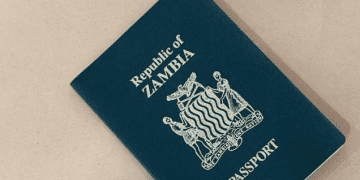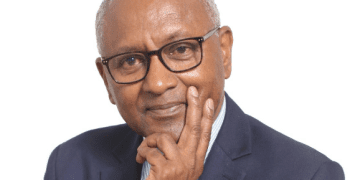TAKE NOTE: Even when prices have gone down for some goods, it’s hard for shop owners mu komboni to reduce the prices, thus you will end up with a misconception on the inflation, just like bus owners, they will never tell you Town to Matero is k8 from k16 but sooner or later you will see them bapunda k8 matero, just know that a fall in inflation rate or stead price stability is at work, it’s called asymmetric information in Economics.
The Zambian economy can be described as a patient suffering from a serious respiratory dysfunction called pneumothorax or and atelectasis where one lung works least or not at all , the Zambian economy is dependent on two major factors to drive the real inflation rate namely the petroleum pump price and the performance of kwacha on the Foreign Exchange Market (FOREX), however one of these two factors is in the state of Pneumothorax or and atelectasis or it is least functional to the restoration of the Zambian economy and that is the pump price to be precise most likely due to the Russo-Ukrainian wars. Therefore, the real prices of goods and services are responding to both the reduction and stability of the Zambian Kwacha against other major currencies and the increase or slight change of petroleum prices from month to month based on the ERB newly introduced policy of month-to-month petroleum pump price review following the Staff Level Agreement (SLA) between IMF and the Ministry of Finance.
According to the Zambian Central Statistics, The Zambia’s annual inflation rate decelerated for the tenth straight month to 10.2% in May of 2022, from 11.5% in the previous month, this margin is believed to have been the lowest reading since August of 2019. For easy understanding, we shall closely look at the reductions on inflation in a three month period for march, April and May which are 13.1% in march, 11.5% in April and 10.2% in May, for these months, the dollar was trading as follows as at ERB Petroleum pump price review dates, 18.09/USD in march, 17.38/USD in April and 17.00/USD in May showing a straight fall basis. To accurately have a figure, Inflation dropped by 1.6% between March and April and 0.85% between April and May responding to their corresponding dollar rates as per respective month.
Therefore, in conclusion, Zambian firms are responding more to the cost of production in the FOREX terms than the Petroleum Pump Price terms which was cheaper in March yet with high inflation rate and high exchange rate than in May where both the exchange rate and inflation rate are low yet with high fuel prices and this low cost of imported raw materials and other inputs of productions are reflected in the Consumer Price Index (CPI) and Retail Price Index (RPI).
By
FINANCIAL ECONOMIST | SOCIAL SCIENTIST.
Jaurious Jeromy Lamya






































